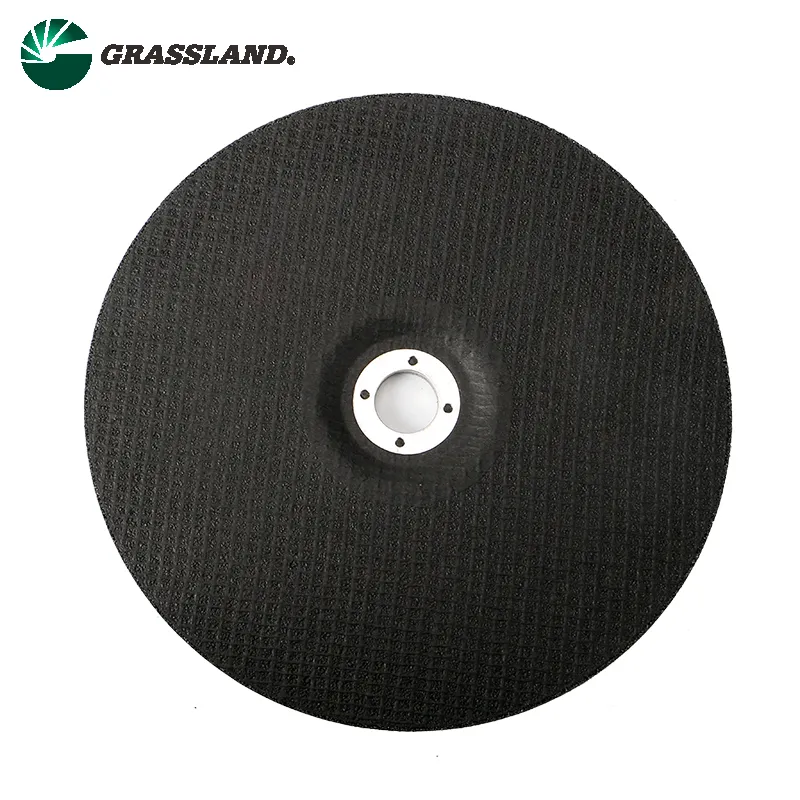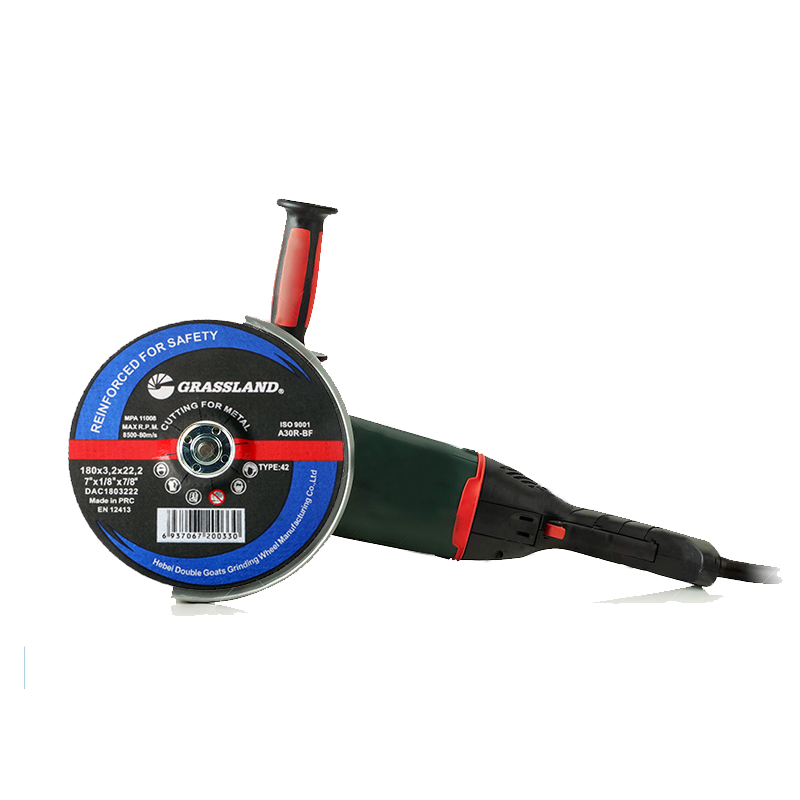

Flap Discs are versatile, incorporating both cutting and finishing properties. They're excellent for blending and smooth finishing of edges. The design includes overlapping abrasive segments, known as flaps, which wear down during use to expose fresh abrasive layers. A professional tip to extend the life and performance of flap discs, opt for those with a higher grit density. Trust in flap discs is rooted in their ability to replace several tools, thereby streamlining operations and reducing tool-switching time. Wire Wheels offer a specialized approach, designed primarily for surface cleaning, rust removal, and deburring. They come in various wire thicknesses and materials, affecting their aggressiveness and suitability for different applications. Effective selection and use of wire wheels have proven to significantly enhance surface quality and prepare it for further processes like painting or welding. Ceramic Wheels are known for their cutting efficiency on stainless steel and exotic alloys often used in aerospace and automotive industries. The self-sharpening property of ceramic grains results in a cooler cutting process, offering smoother finishes and reducing work burns. Understanding the complex metallurgy of target materials and selecting the right ceramic wheel can be a game-changer for high-precision industries. In conclusion, the choice of cutting wheels must be guided by the specific needs of the task at hand, informed by the material considerations, desired outcomes, and the trade-offs between speed and life span of the wheel. Authoritative reviews and professional guidance can greatly assist in making an informed decision, and personal experience further solidifies the understanding of each wheel's strengths and limitations. Always prioritize quality and compatibility to ensure trust and safety in your cutting operations.
Post time:Jan - 12 - 2025

















